23 Free Islam transparent PNG images
Welcome to our collection of 23 free AI-generated images under the tag 'Islam'. Explore a diverse array of stock photos, 3D objects, vectors, and illustrations that capture the rich cultural and religious heritage of Islam. Enjoy high-resolution downloads and use our 'open in editor' feature to customize the prompts and regenerate images to suit your specific needs.
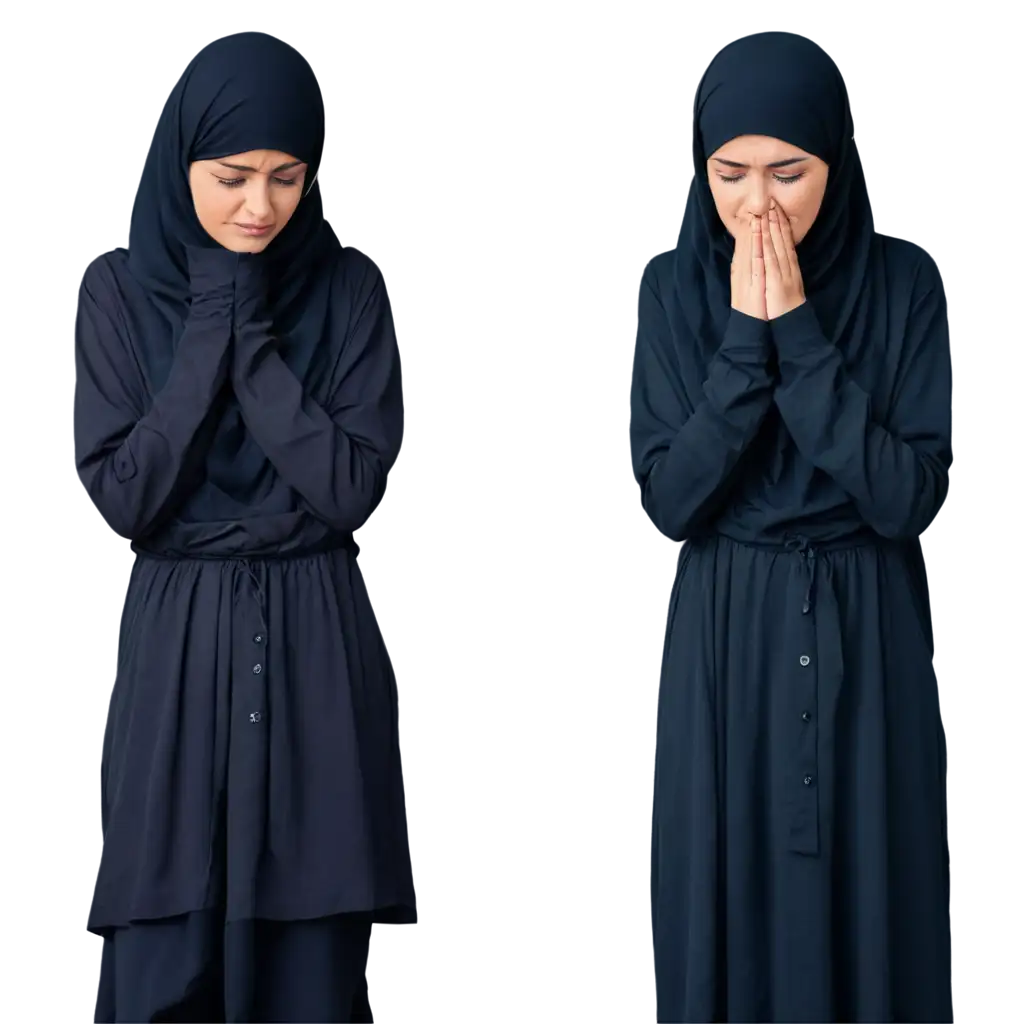
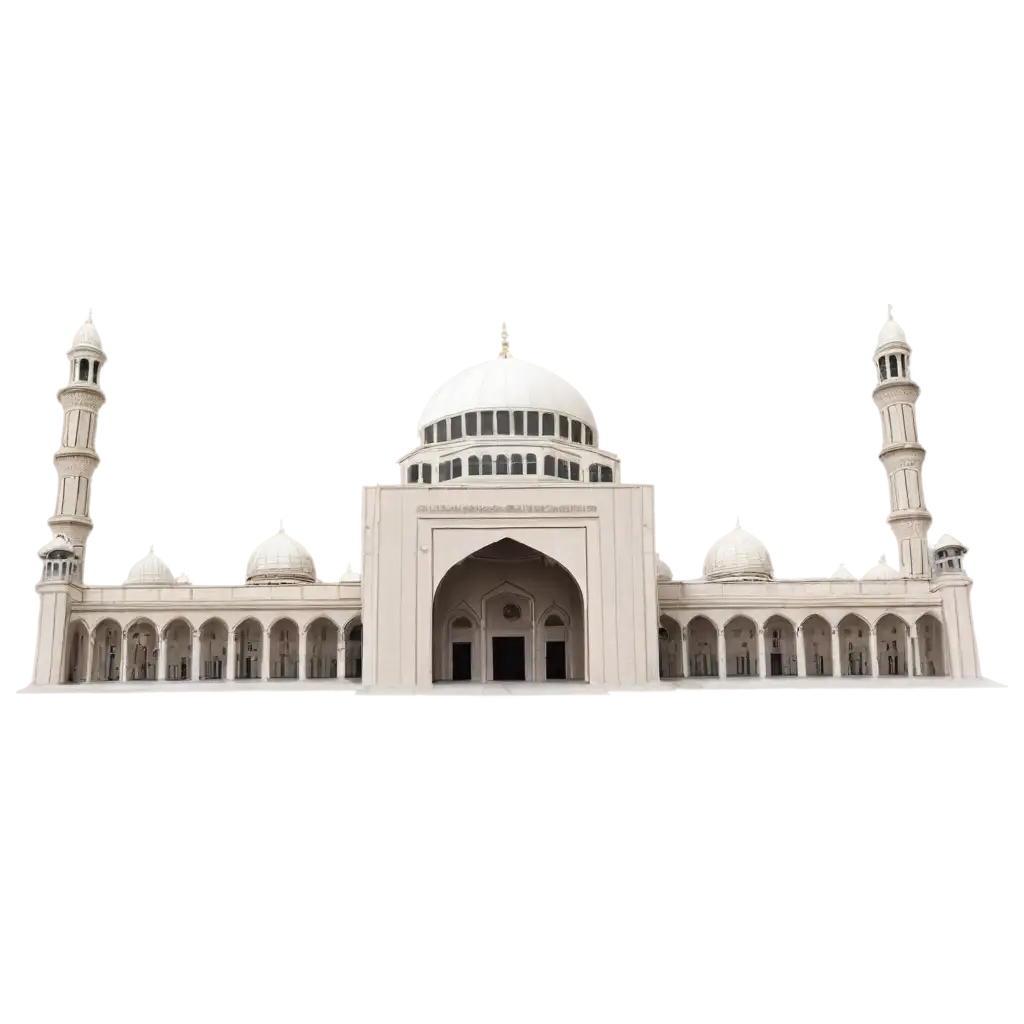
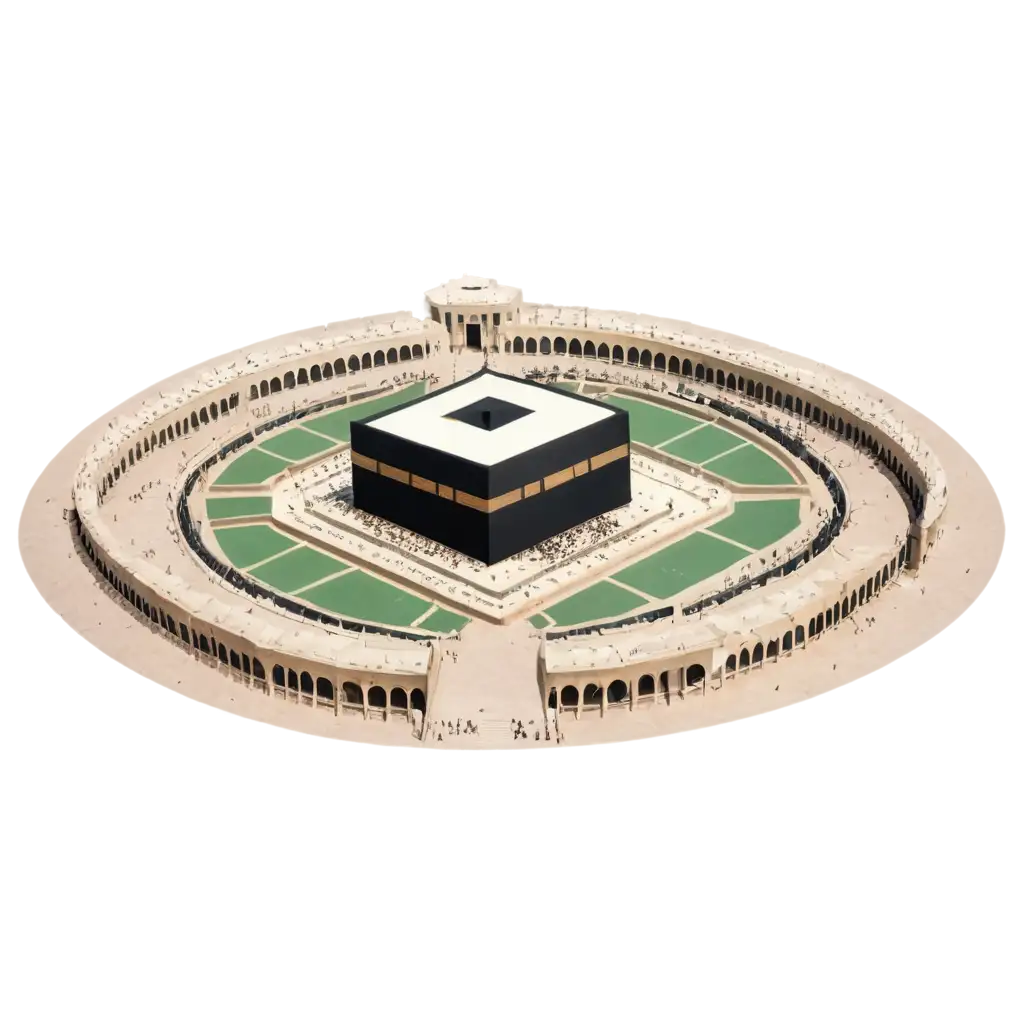
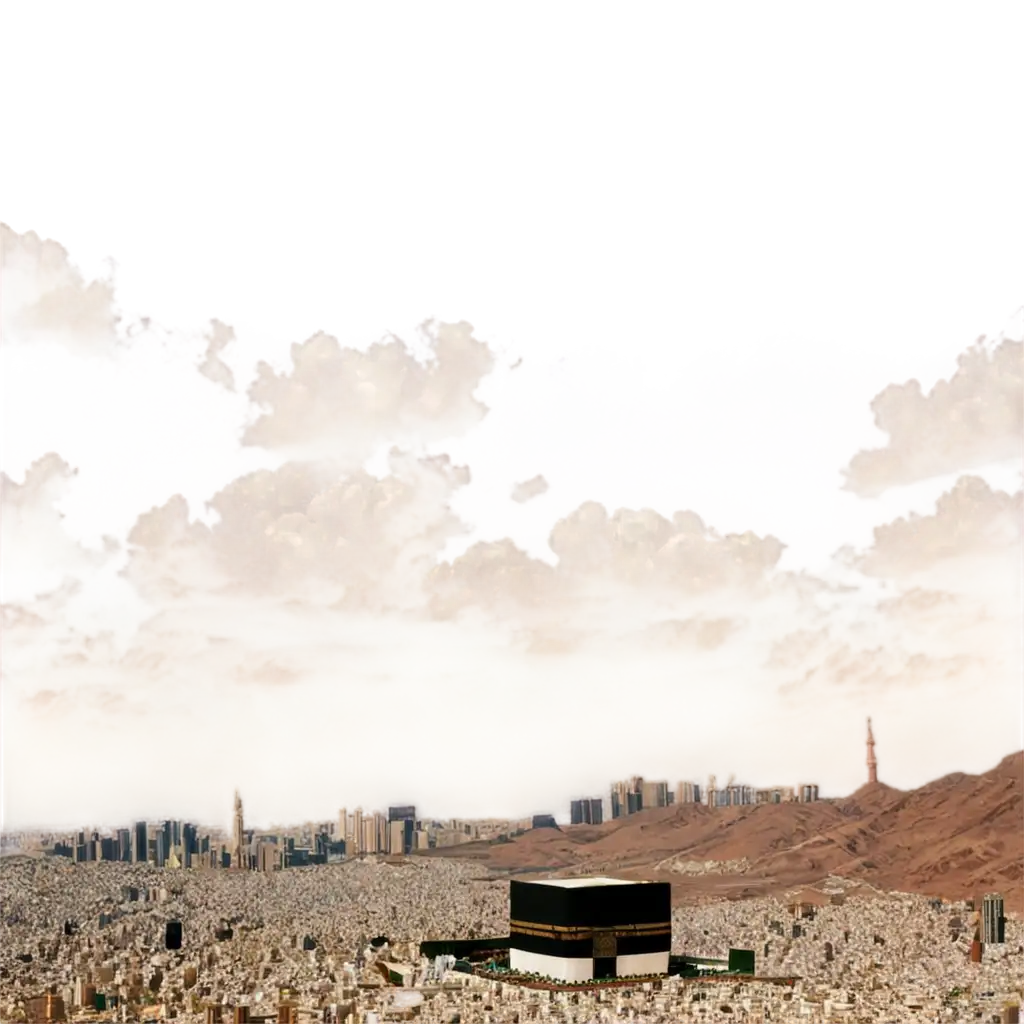
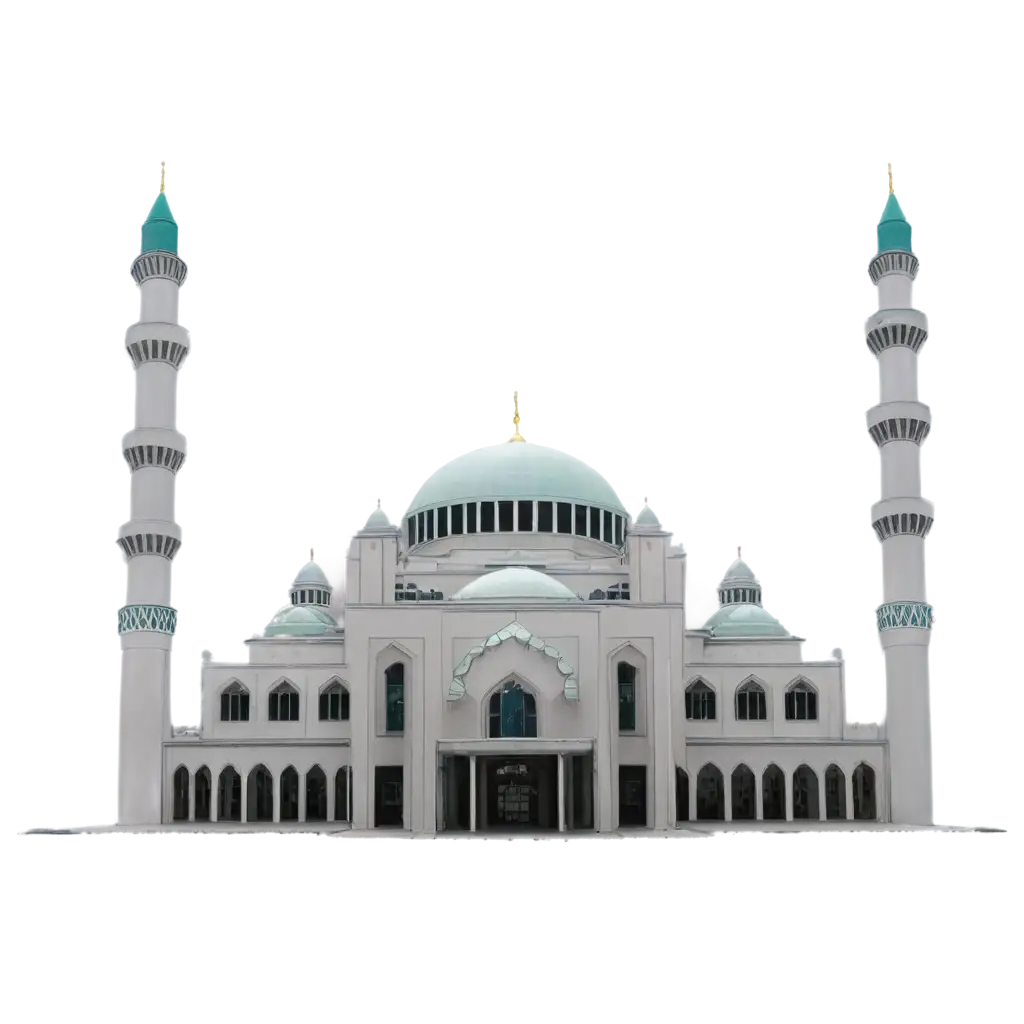
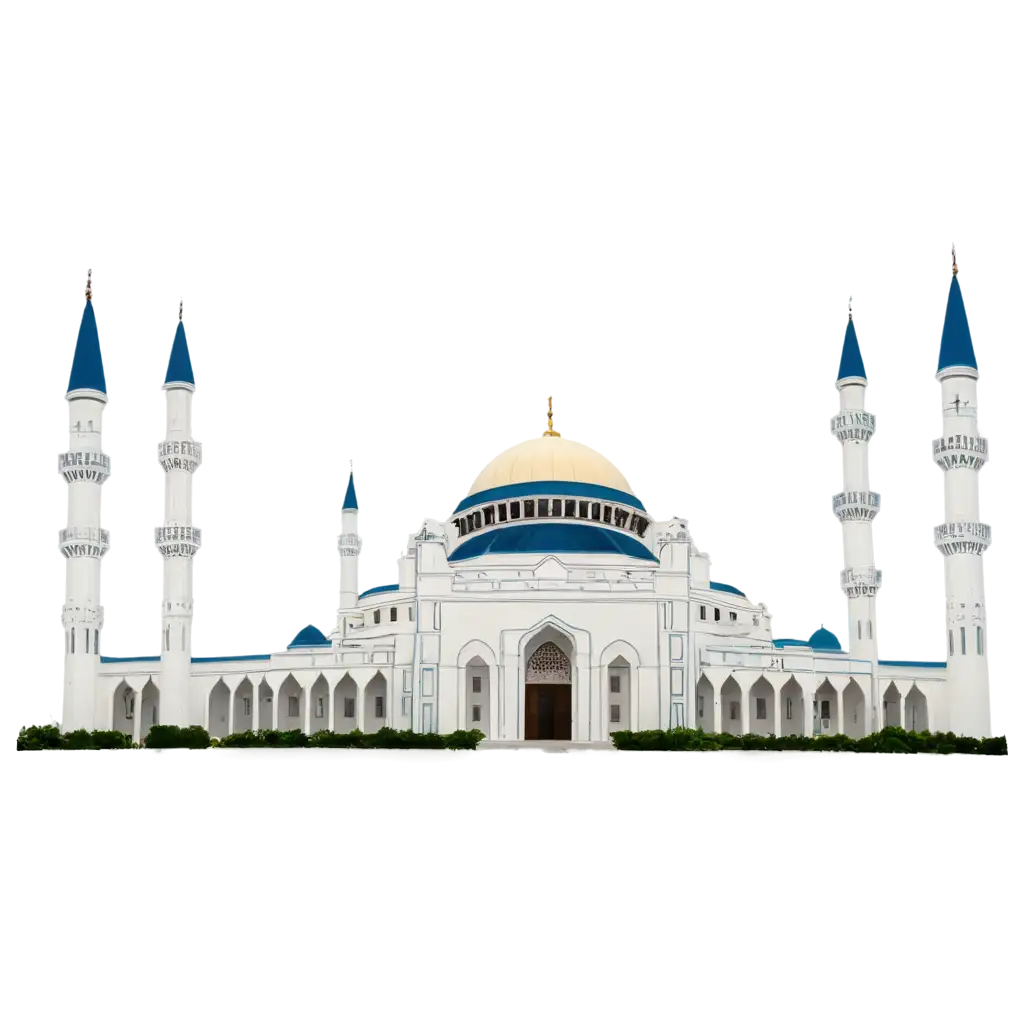
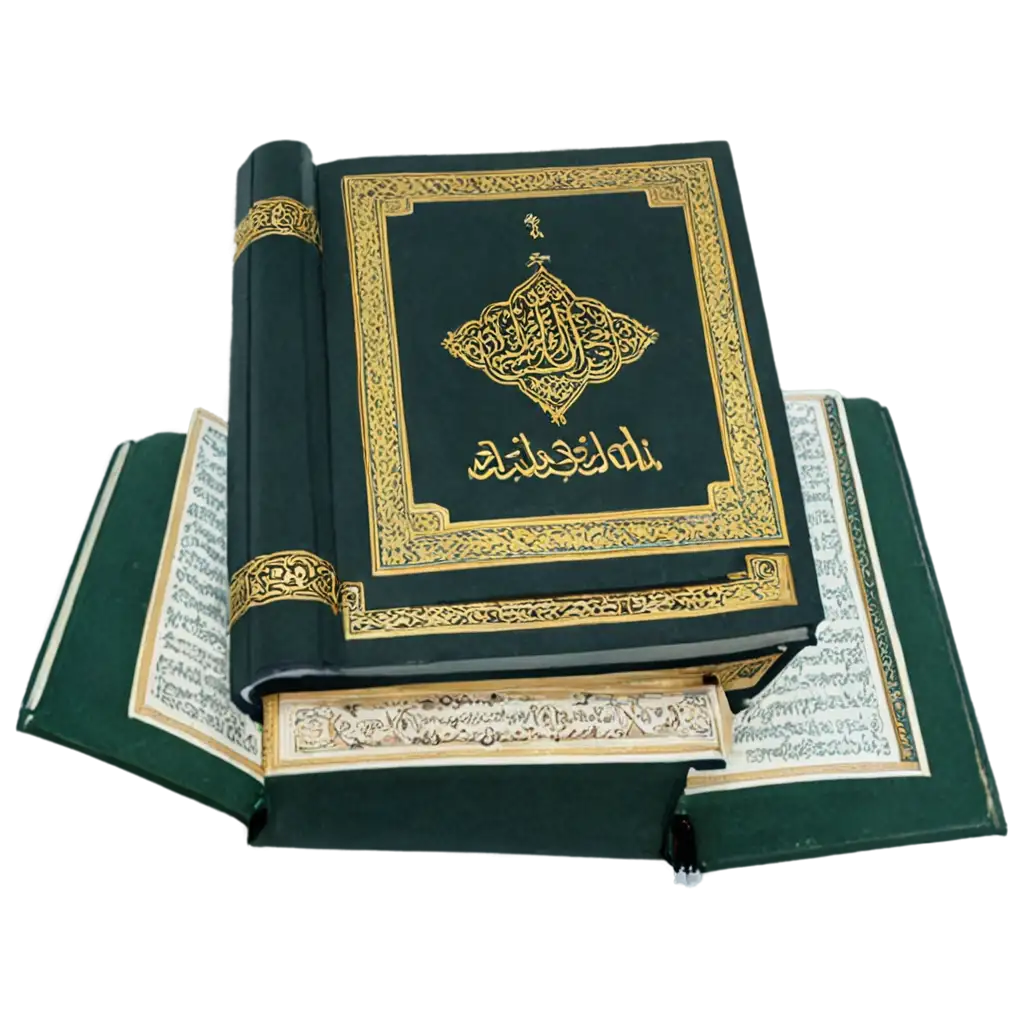
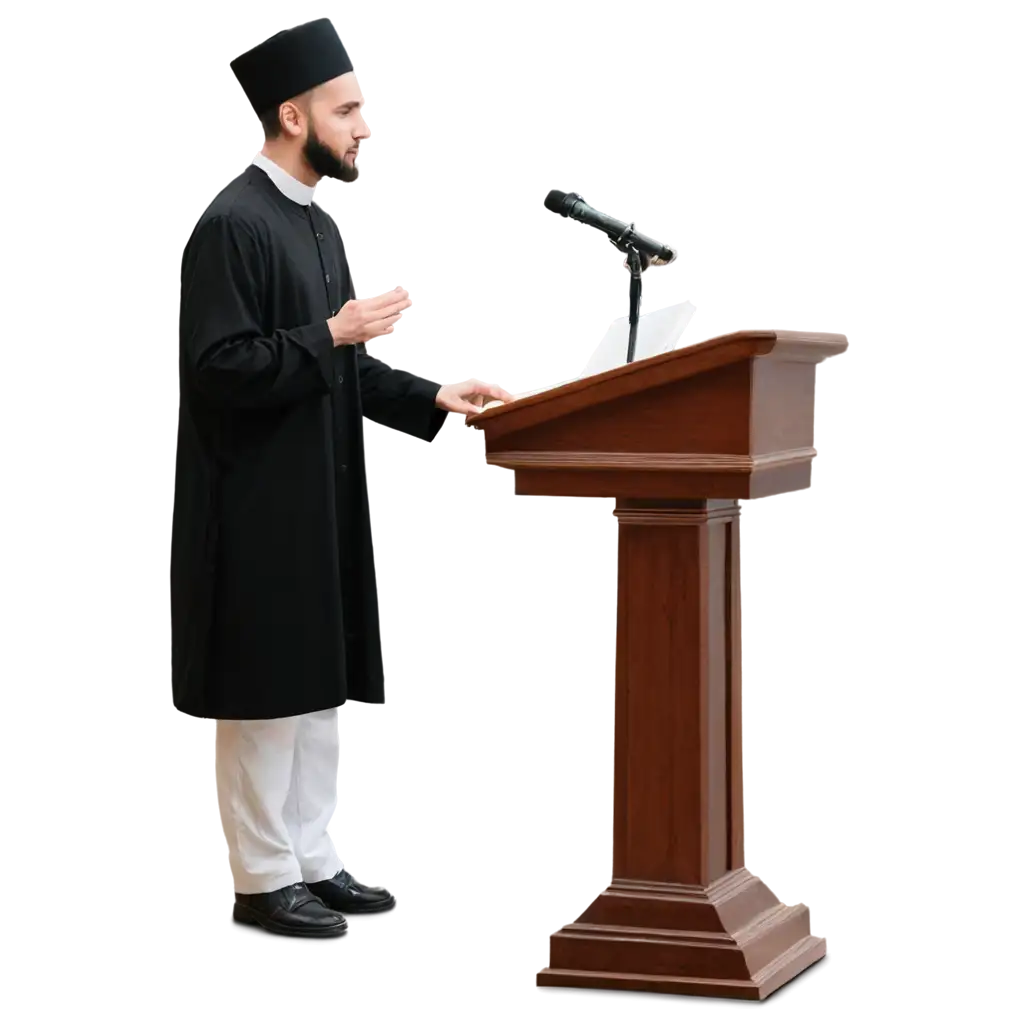
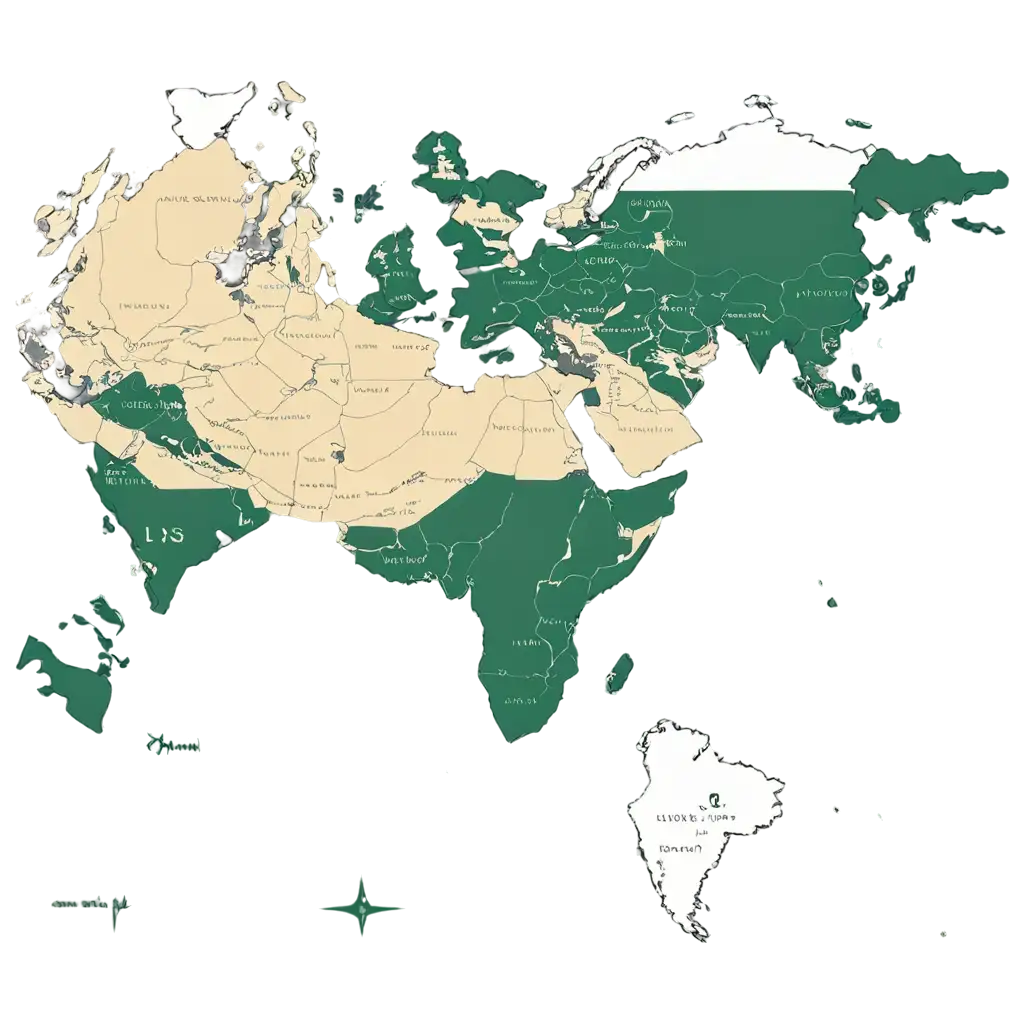

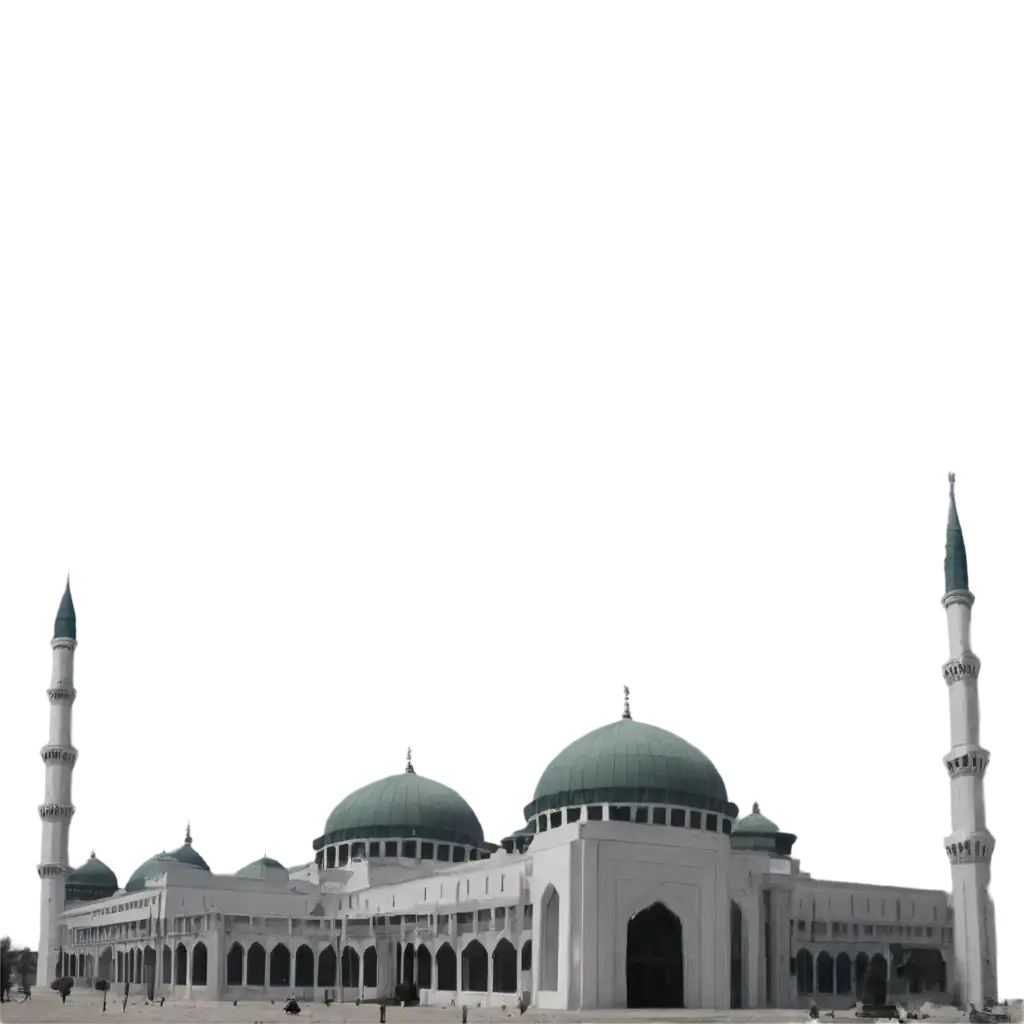
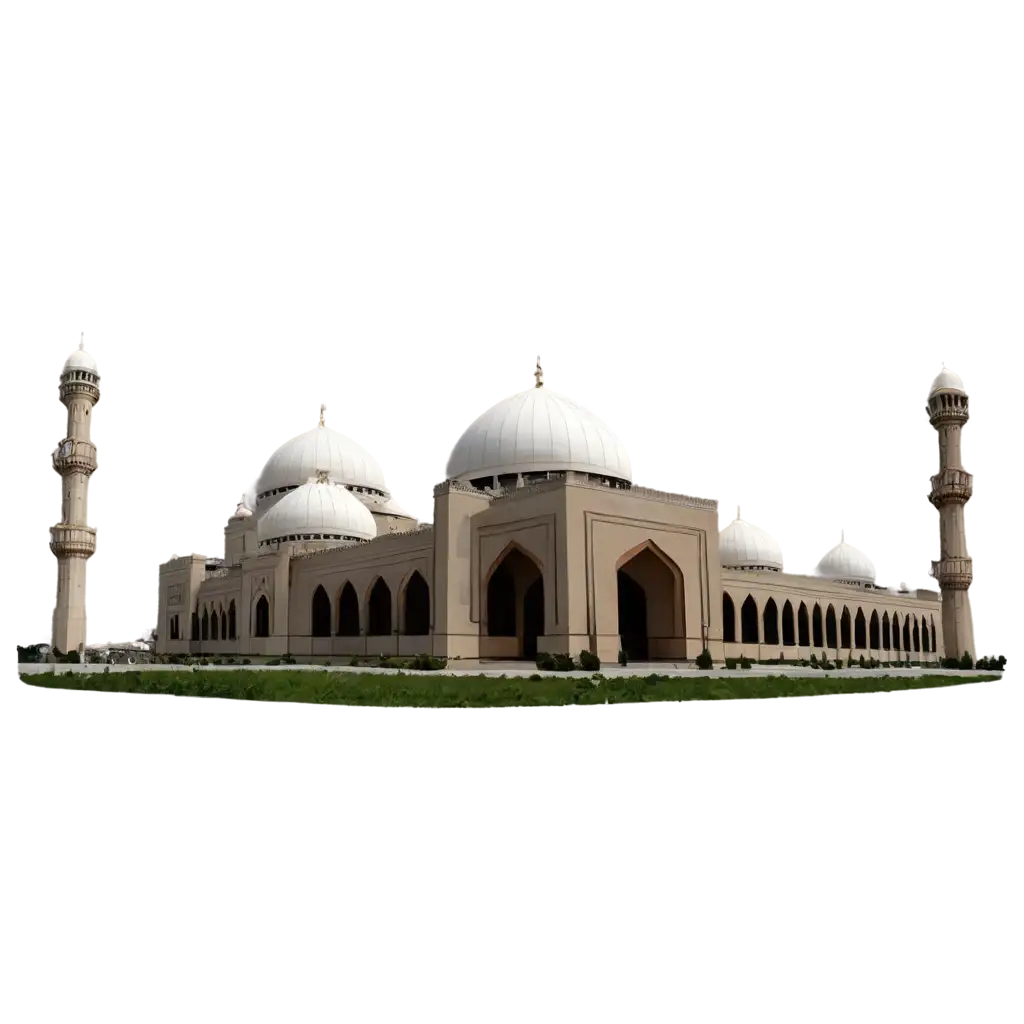
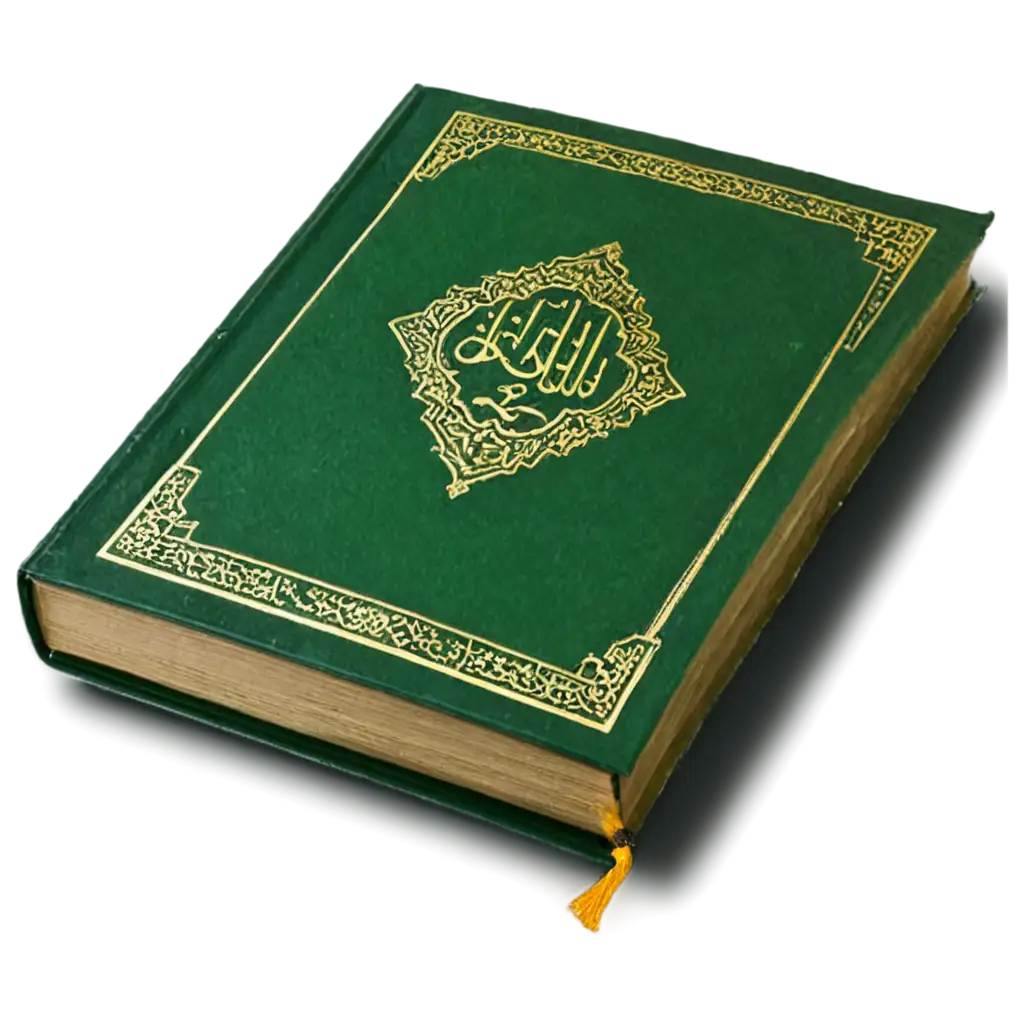
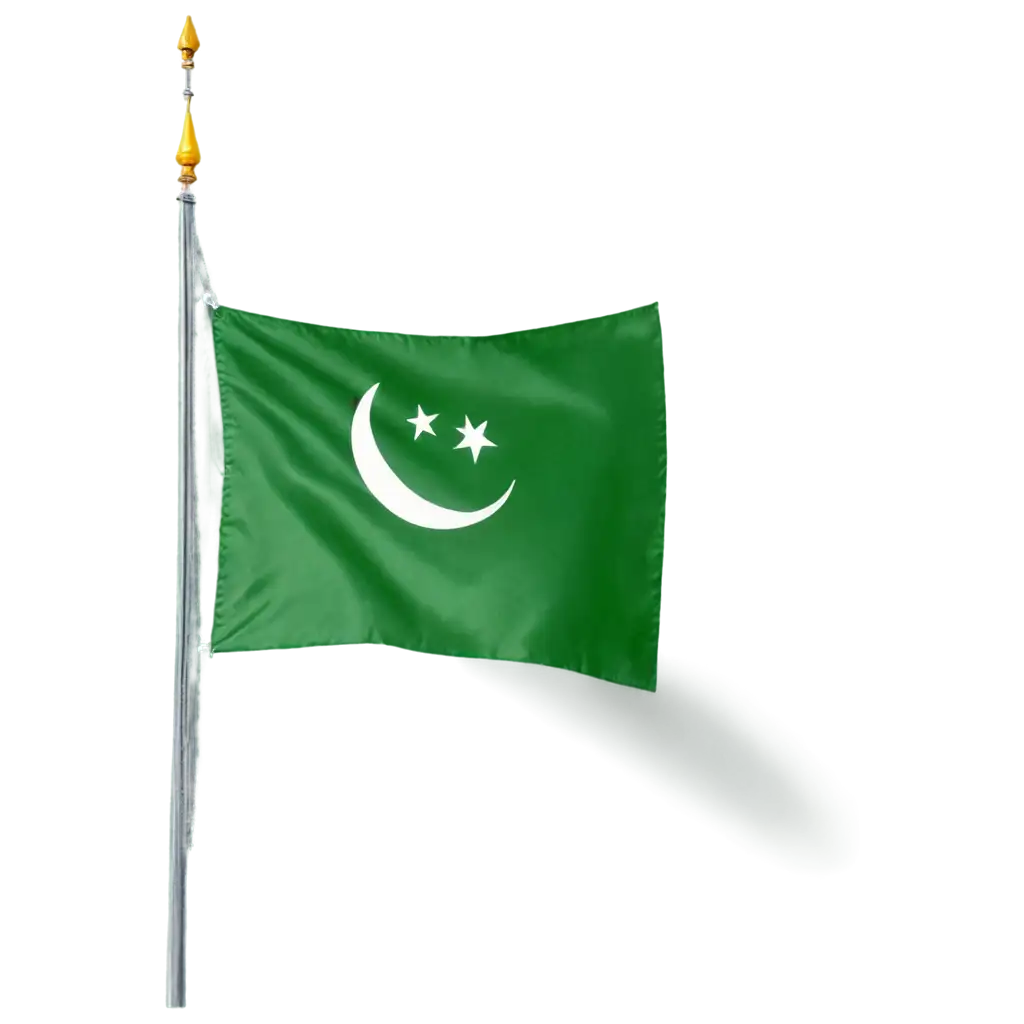
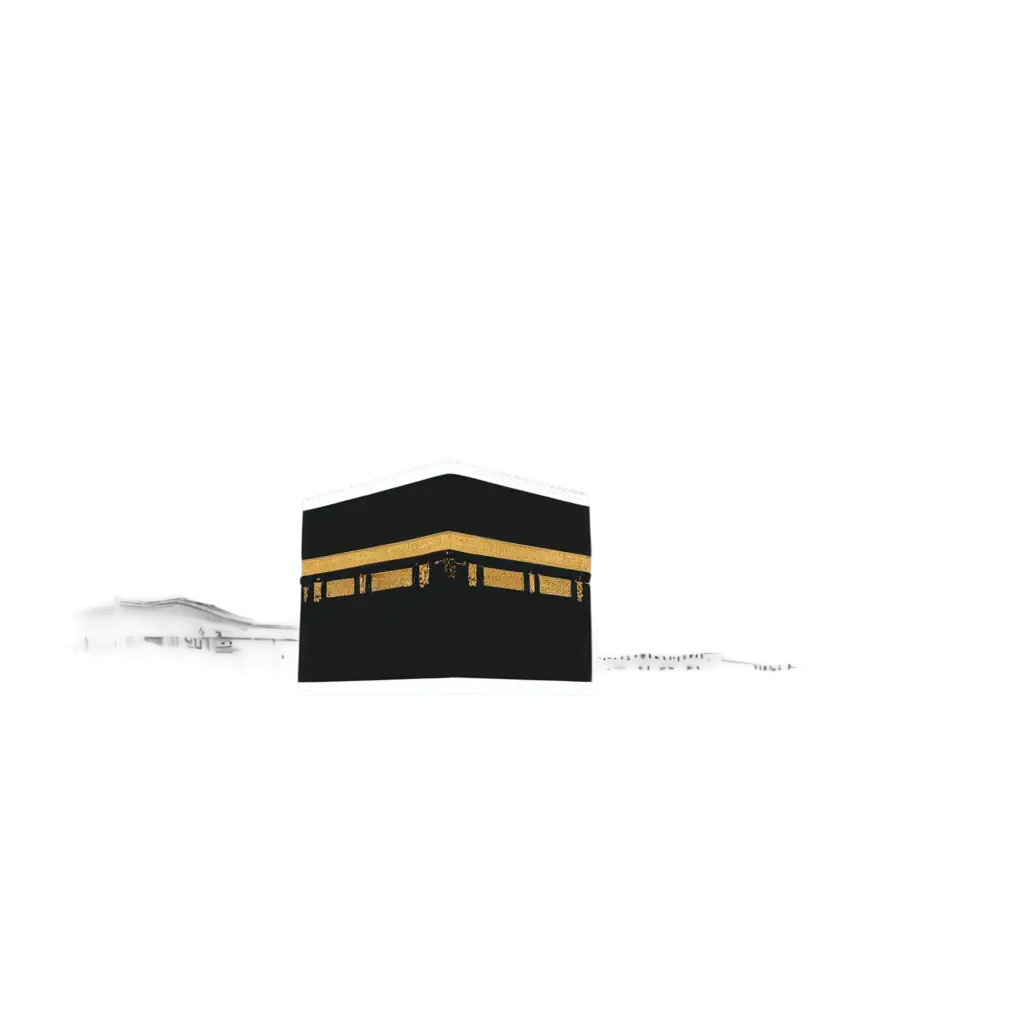
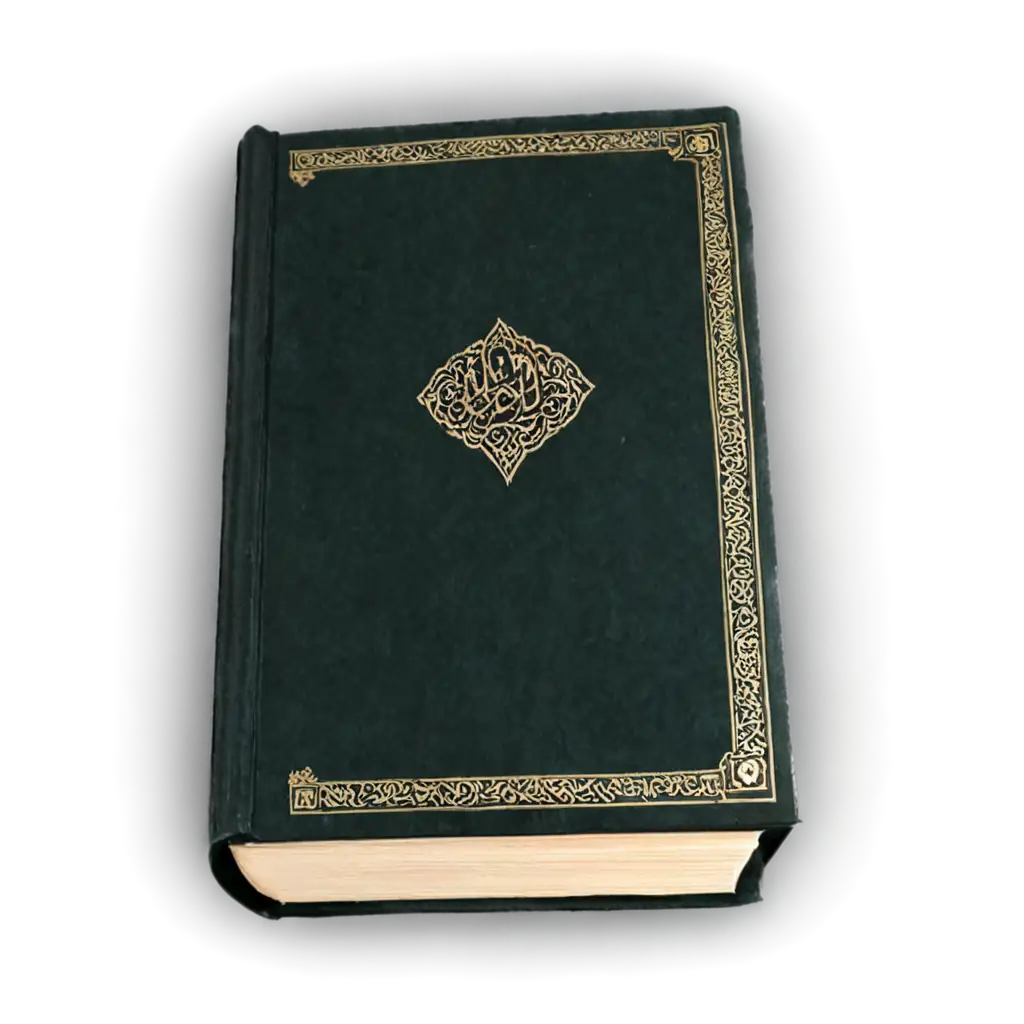
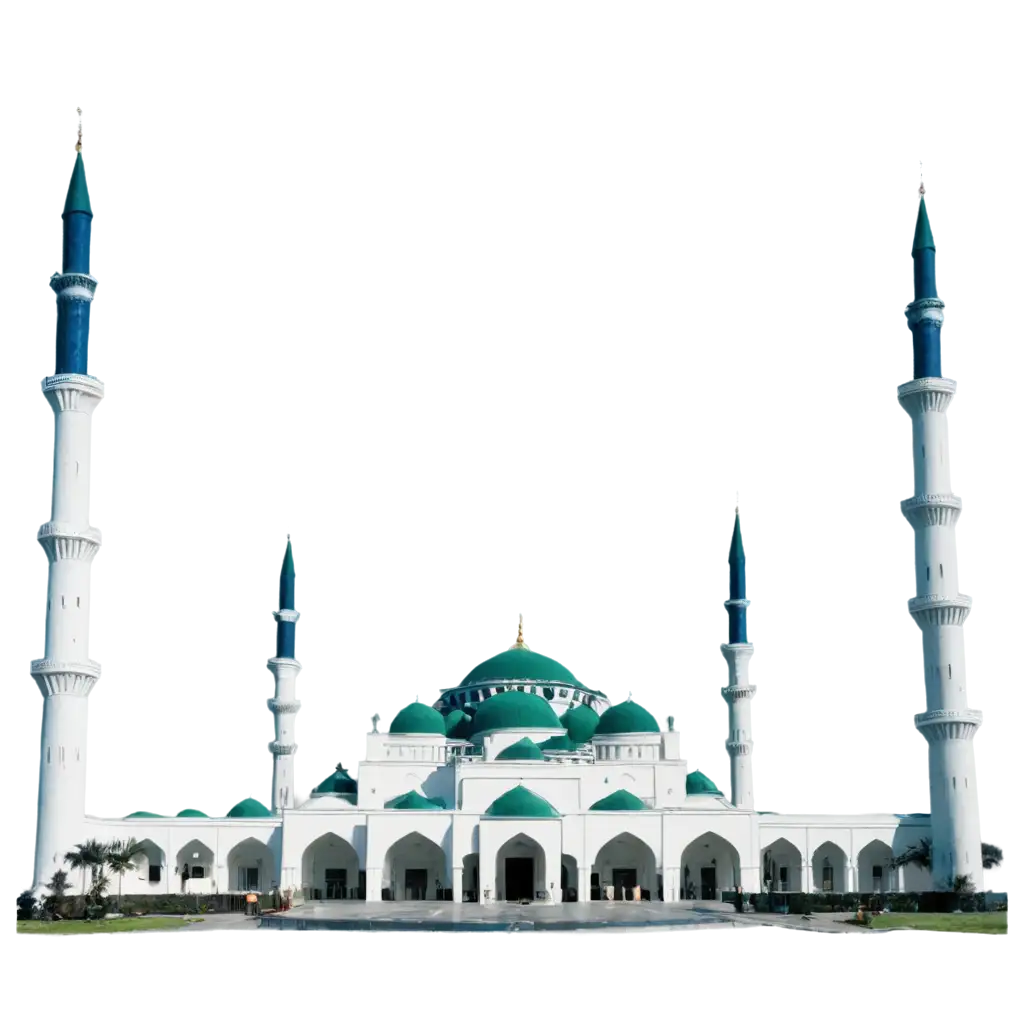
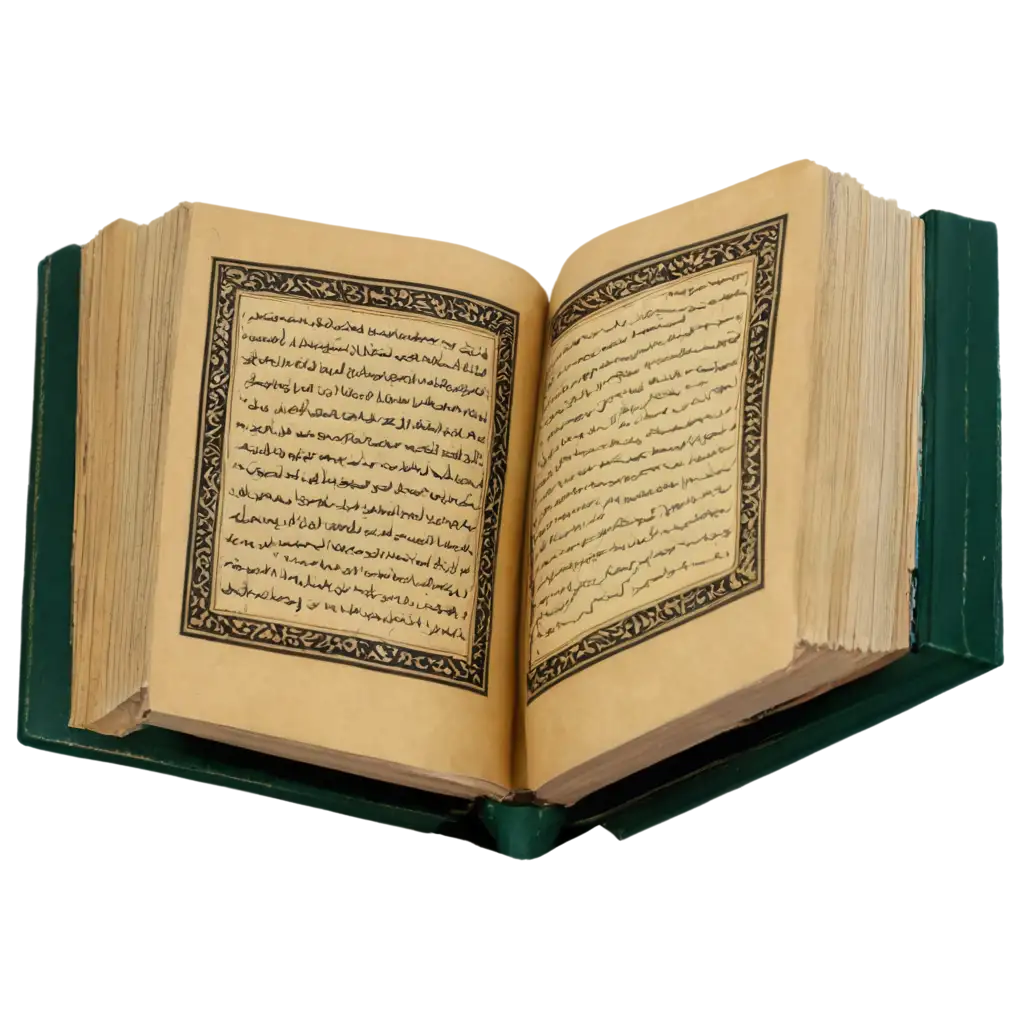
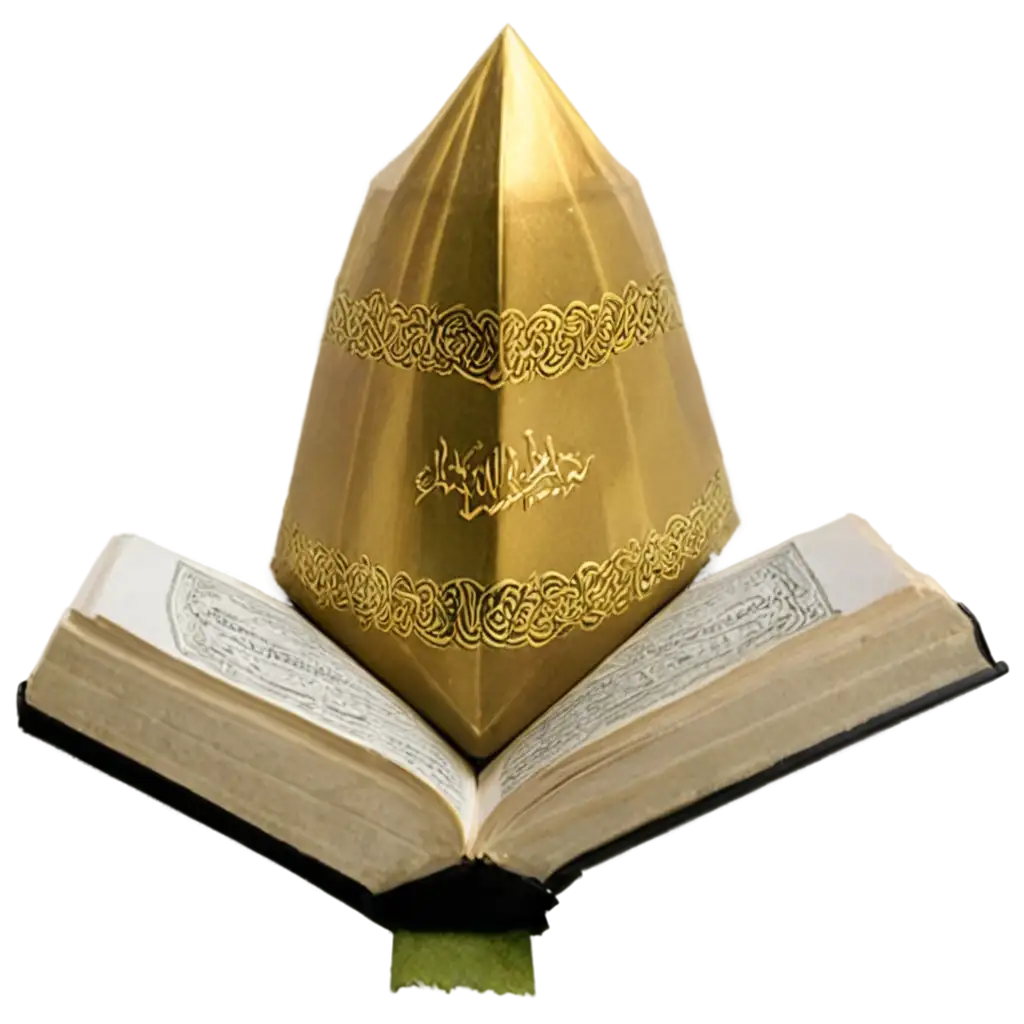
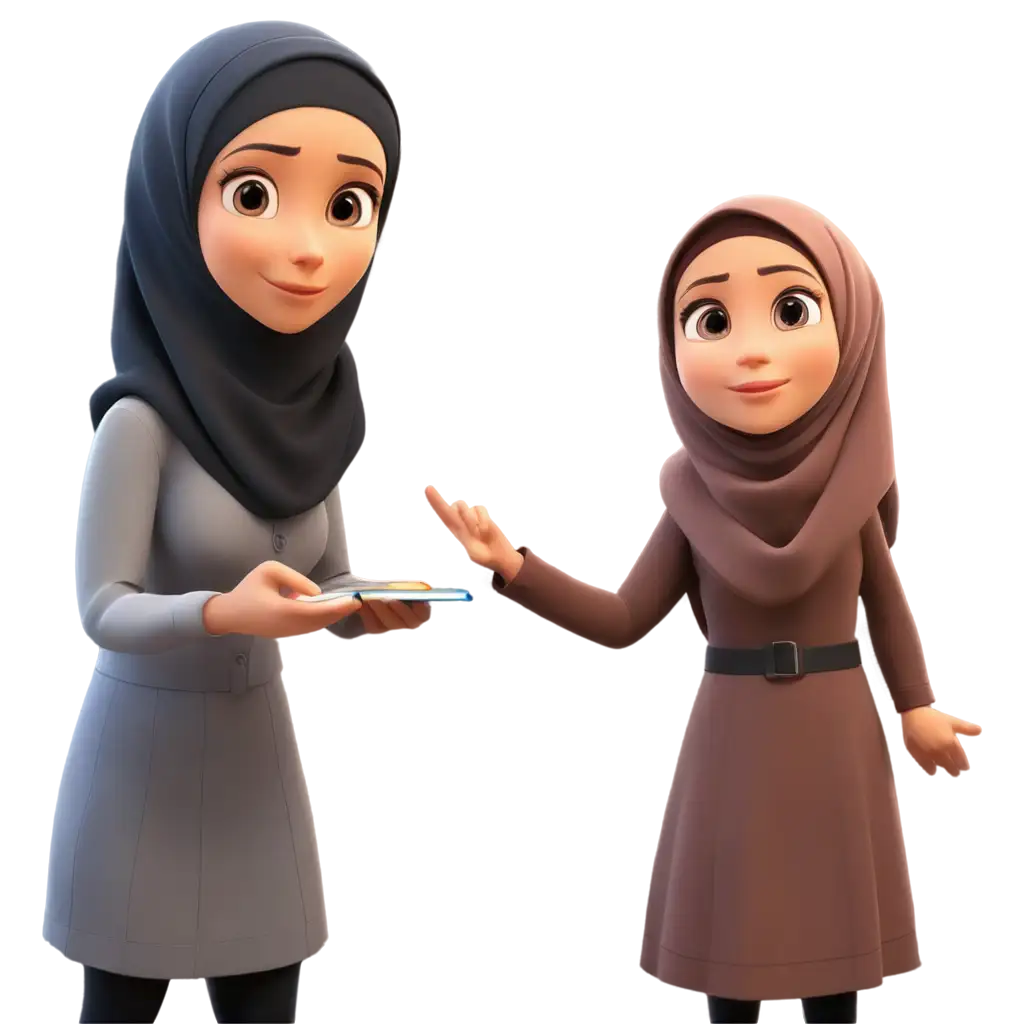
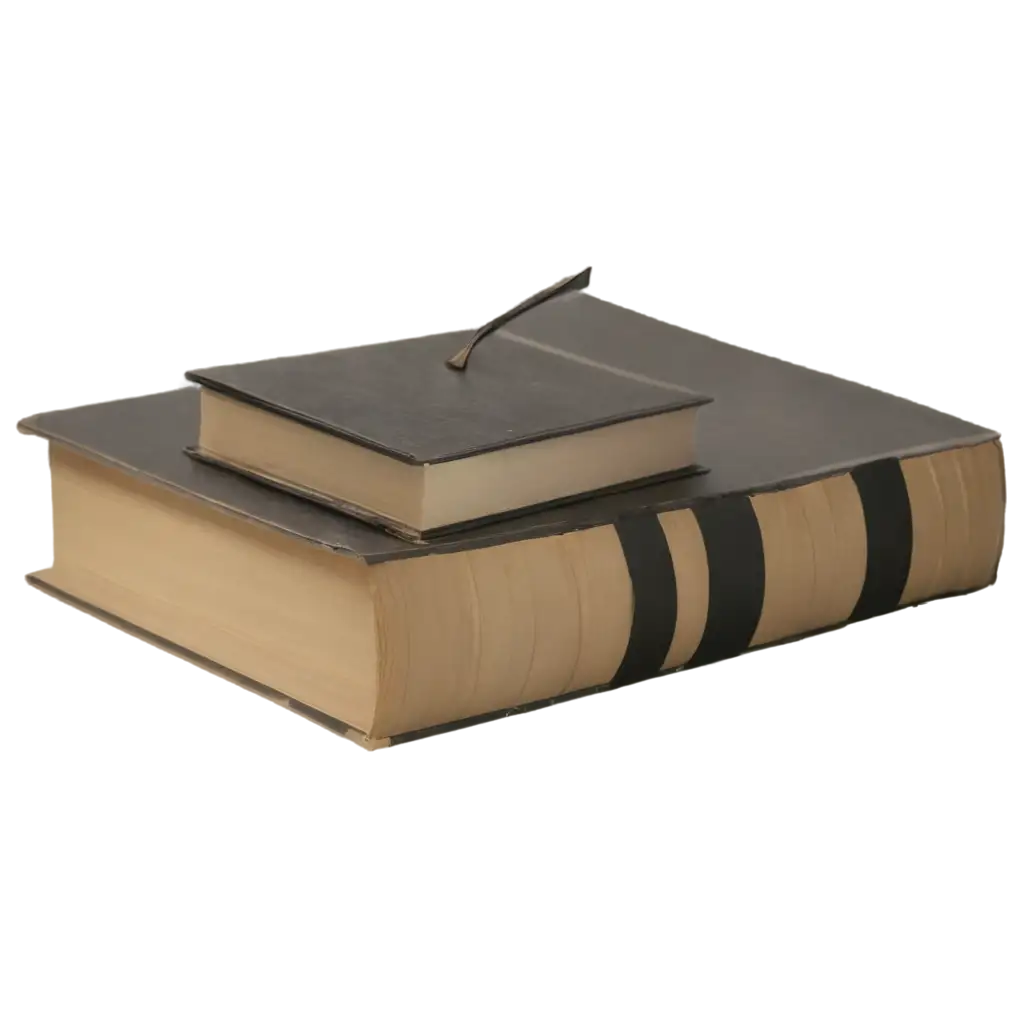
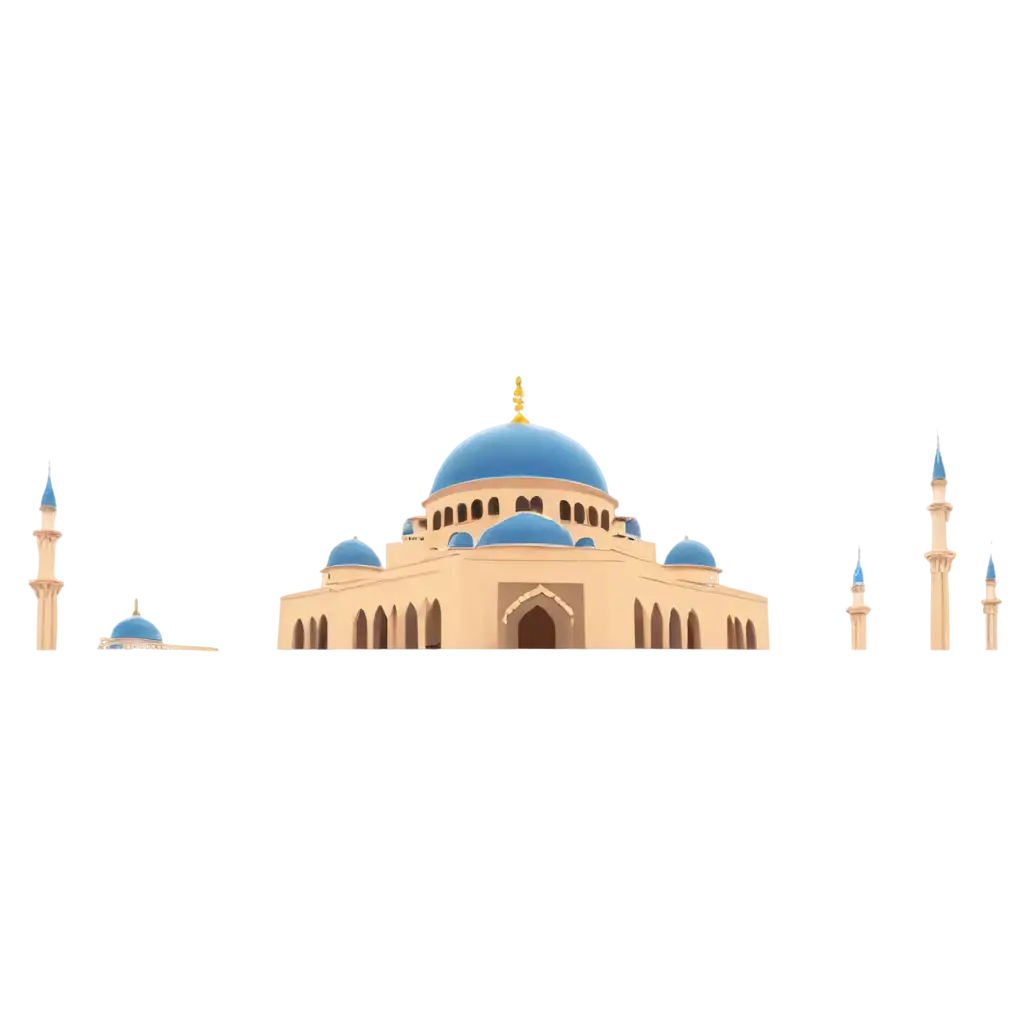

Related Tags
Islam is one of the world's major religions, founded in the 7th century by the Prophet Muhammad. It is a monotheistic faith that believes in the oneness of God, known as Allah. The core teachings of Islam are outlined in the Quran, the central religious text, and the Hadith, which are the recorded sayings and actions of the Prophet Muhammad. Islam has a rich history and diverse cultural traditions that have influenced art, architecture, and everyday life for billions of people worldwide.
Definition and Background of Islam
Islamic art is characterized by a strong emphasis on geometric patterns, calligraphy, and intricate ornamentation. These elements are often found in a variety of mediums, including architecture, textiles, ceramics, and manuscripts. Islamic art has a long and storied tradition, with influences from Persian, Arab, and Turkish cultures. It has been widely used in religious and cultural settings, such as mosques, palaces, and personal items, to create a sense of beauty, spirituality, and reverence.
Characteristics and Applications of Islamic Art
Throughout history, Islamic art has been shaped by the contributions of many renowned artists and craftspeople. Some notable figures include the calligrapher Yaqut al-Musta'simi, known for his elegant and influential style, and the architect Sinan, who designed numerous iconic mosques and other buildings during the Ottoman Empire. Additionally, the Topkapi Scroll, a collection of architectural designs and plans, stands as a testament to the sophisticated technical and artistic skills of Islamic artists and engineers.
Notable Islamic Artists and Their Iconic Works
The visual language and design principles of Islamic art have had a profound impact on contemporary design and culture. The use of geometric patterns, intricate ornamentation, and calligraphic elements can be seen in modern architecture, fashion, and product design. For example, the iconic Alhambra Palace in Spain has inspired numerous contemporary buildings and interiors with its harmonious blend of geometric forms and natural motifs. Additionally, the rich symbolism and spirituality inherent in Islamic art have influenced the work of many contemporary artists, from painters to digital creators, who seek to capture the essence of this ancient and revered tradition.
The Influence of Islamic Art on Modern Design and Culture